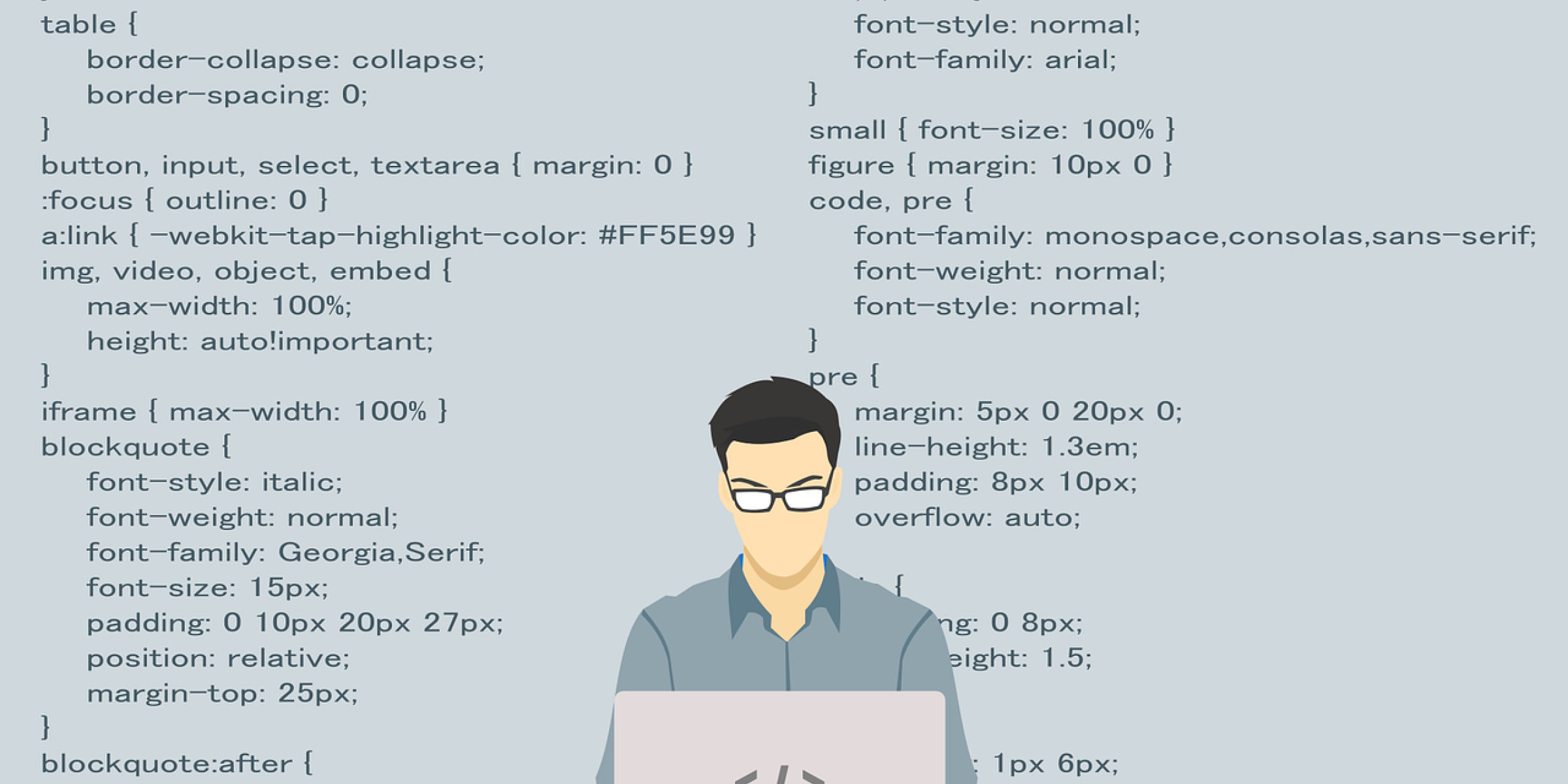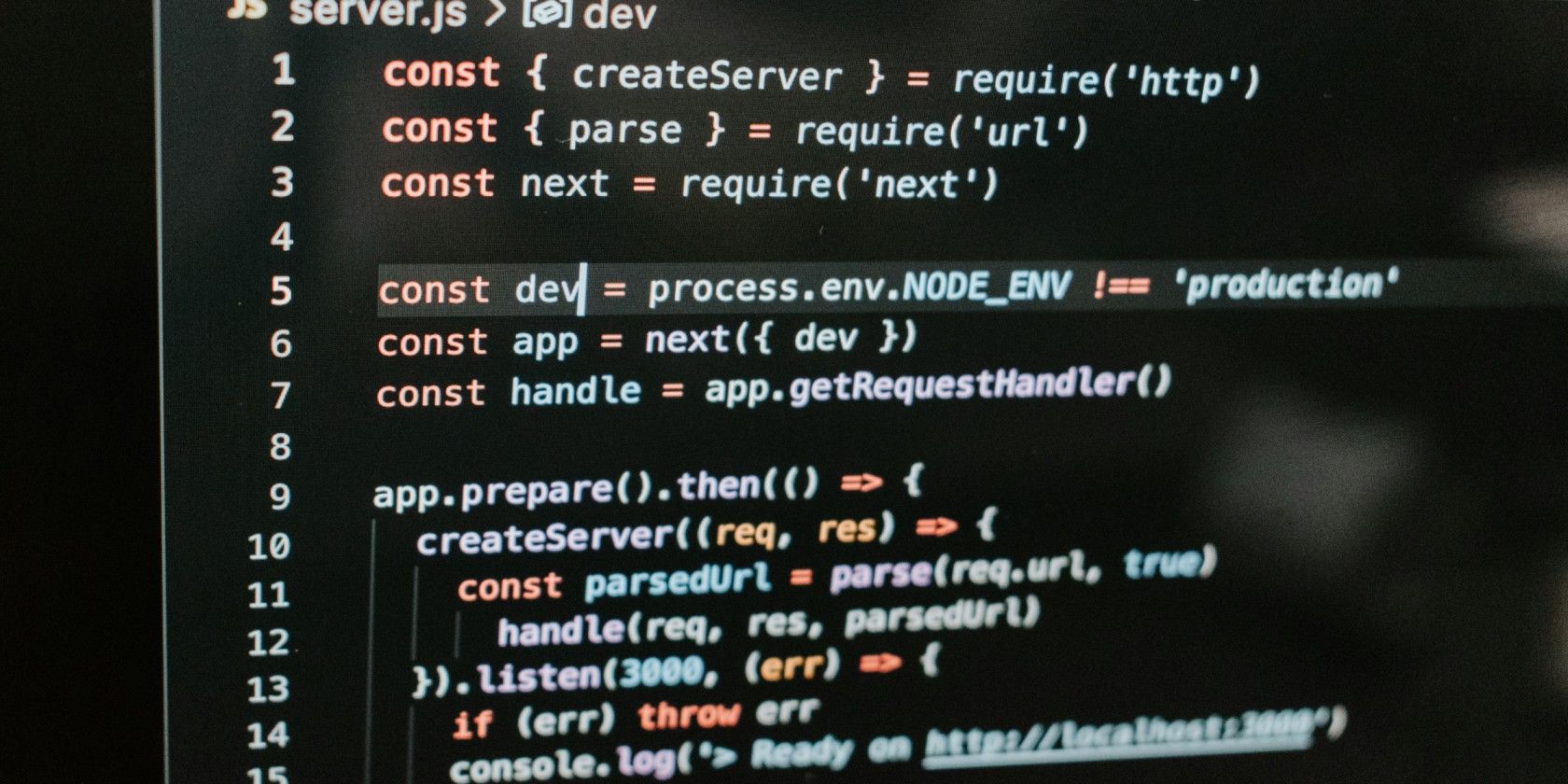Securing CI/CD Pipelines in GitLab: Best Practices

Continuous Integration/Continuous Deployment (CI/CD) pipelines are vital for streamlining the delivery of code from development to production. However, ensuring the security of these pipelines is equally crucial to protect against potential vulnerabilities and breaches. In this blog post, we'll explore some security best practices for securing CI/CD pipelines specifically within the GitLab platform.
Understanding the Risks
Before diving into the best practices, let's first understand the potential risks associated with insecure CI/CD pipelines:
Vulnerability Exploitation
- Unpatched Dependencies: Vulnerabilities in third-party dependencies can be exploited by attackers.
- Injection Attacks: Insecure configurations or input validation can lead to injection attacks such as SQL injection or Cross-Site Scripting (XSS).
Data Breaches
- Exposure of Secrets: Mishandling of secrets such as API keys or database credentials can lead to data breaches.
- Unauthorized Access: Inadequate access controls can result in unauthorized access to sensitive data or resources.
Code Integrity
- Tampering: Without proper safeguards, malicious actors could tamper with code during the CI/CD process.
- Code Injection: Insecure CI/CD configurations can allow attackers to inject malicious code into the pipeline.
Implementing Security Best Practices
To mitigate these risks and enhance the security of your CI/CD pipelines in GitLab, consider the following best practices:
1. Vulnerability Scanning
- Continuous Scanning: Integrate automated vulnerability scanning tools into your CI/CD pipeline to detect and remediate vulnerabilities in dependencies.
- Dependency Management: Regularly update dependencies and utilize tools like Dependency Scanning in GitLab to identify vulnerable components.
2. Code Signing
- Digital Signatures: Implement code signing to verify the authenticity and integrity of code artifacts throughout the CI/CD process.
- GPG Integration: Utilize GitLab's support for GPG (GNU Privacy Guard) signatures to sign commits and tags for added security.
3. Secure Secrets Management
- Secrets Management: Store sensitive information such as API keys, credentials, and tokens securely using GitLab's CI/CD environment variables or HashiCorp Vault integration.
- Encryption: Encrypt secrets at rest and in transit to prevent unauthorized access.
4. Access Controls
- Role-Based Access Control (RBAC): Implement granular access controls within GitLab to restrict access to CI/CD pipelines, repositories, and sensitive information.
- Least Privilege Principle: Follow the principle of least privilege to grant minimal permissions necessary for performing specific tasks.
5. Pipeline Configuration Security
- Code Review: Enforce code reviews for CI/CD pipeline configurations to identify security vulnerabilities and misconfigurations.
- Static Analysis: Utilize static analysis tools to identify security flaws in pipeline scripts and configurations.
Conclusion
Securing CI/CD pipelines in GitLab is essential for safeguarding your software delivery process and protecting against potential security threats. By following the best practices outlined in this post, you can strengthen the security posture of your pipelines and mitigate the risks associated with vulnerabilities, data breaches, and code integrity issues. Remember, security is an ongoing process, so continuously monitor and update your security measures to adapt to evolving threats.
Consult us for free?
View More


